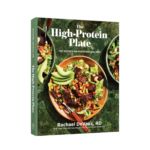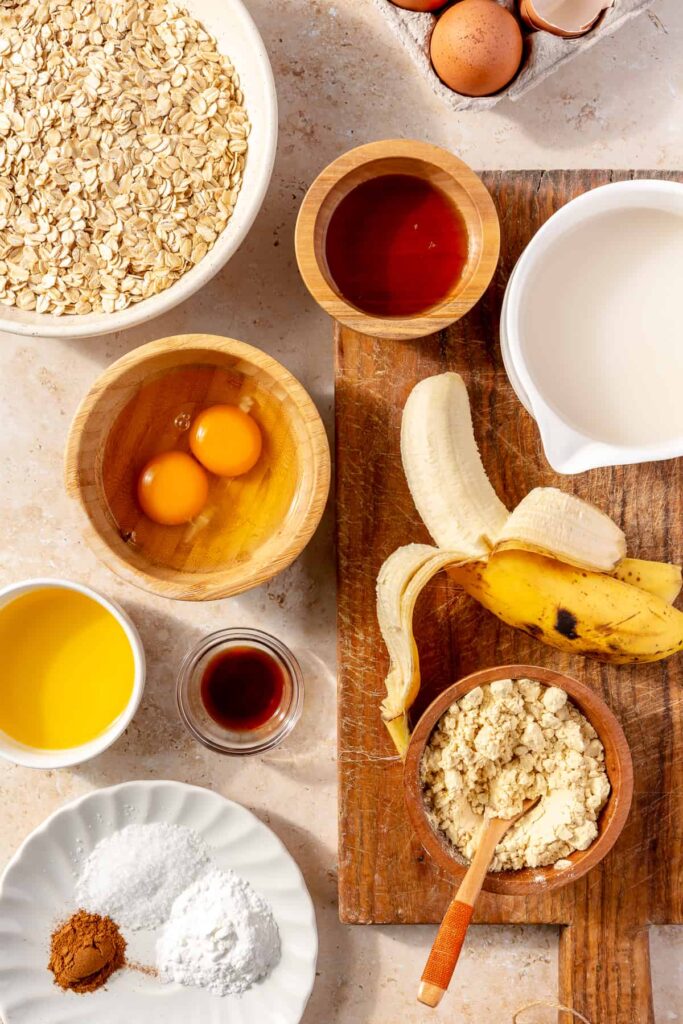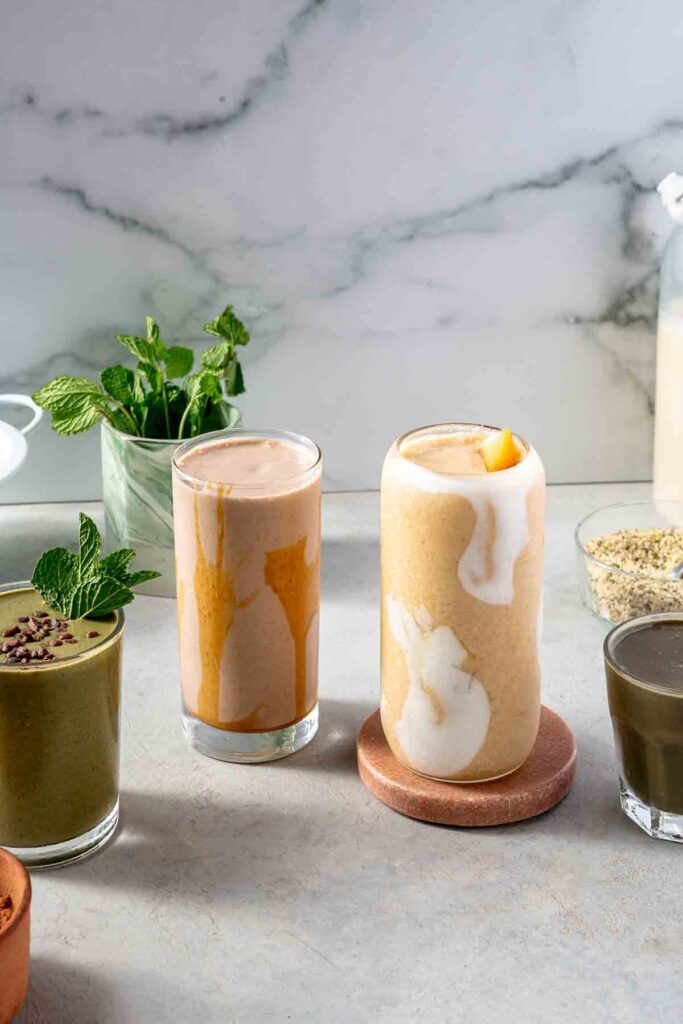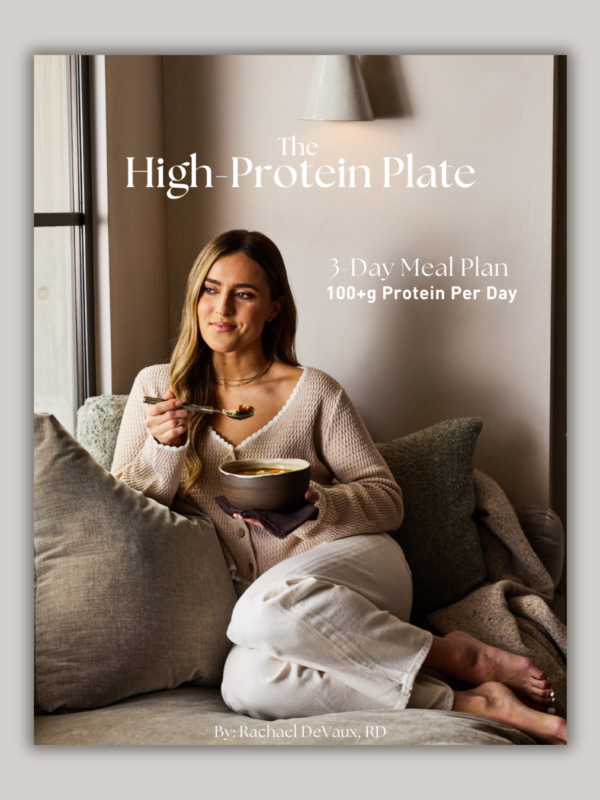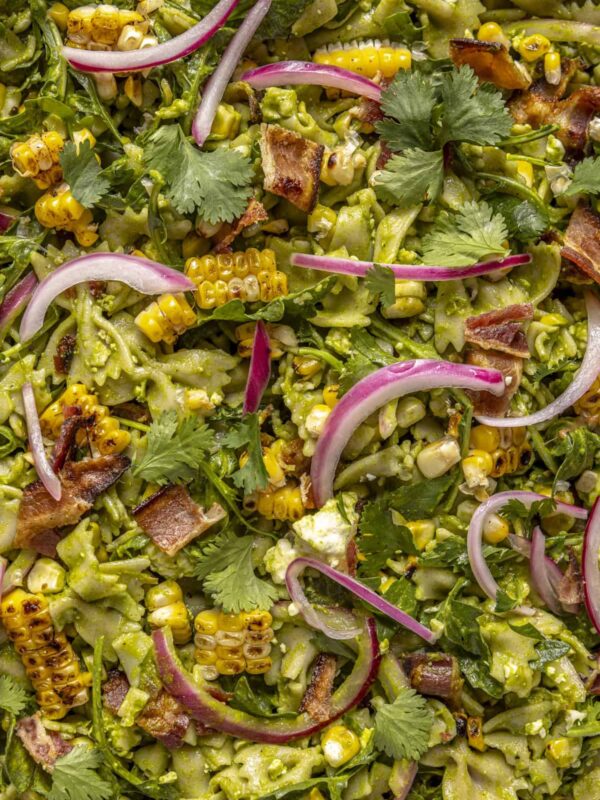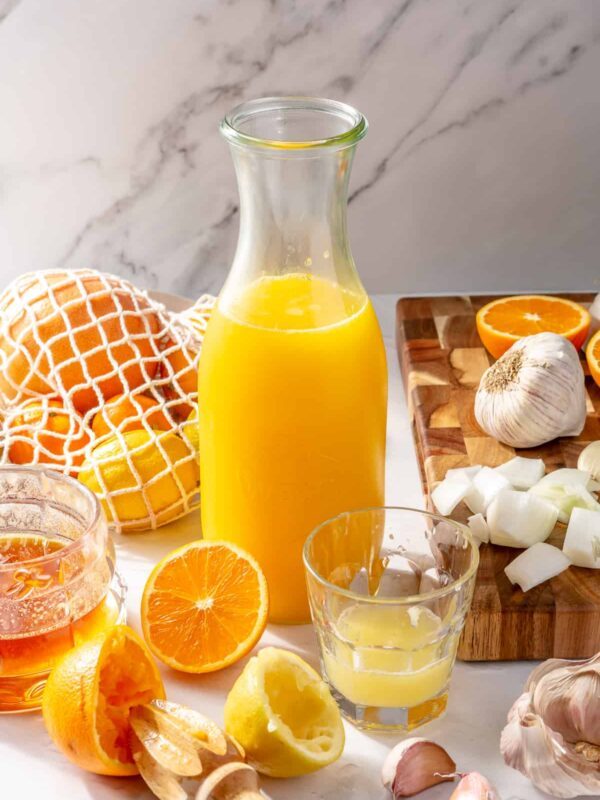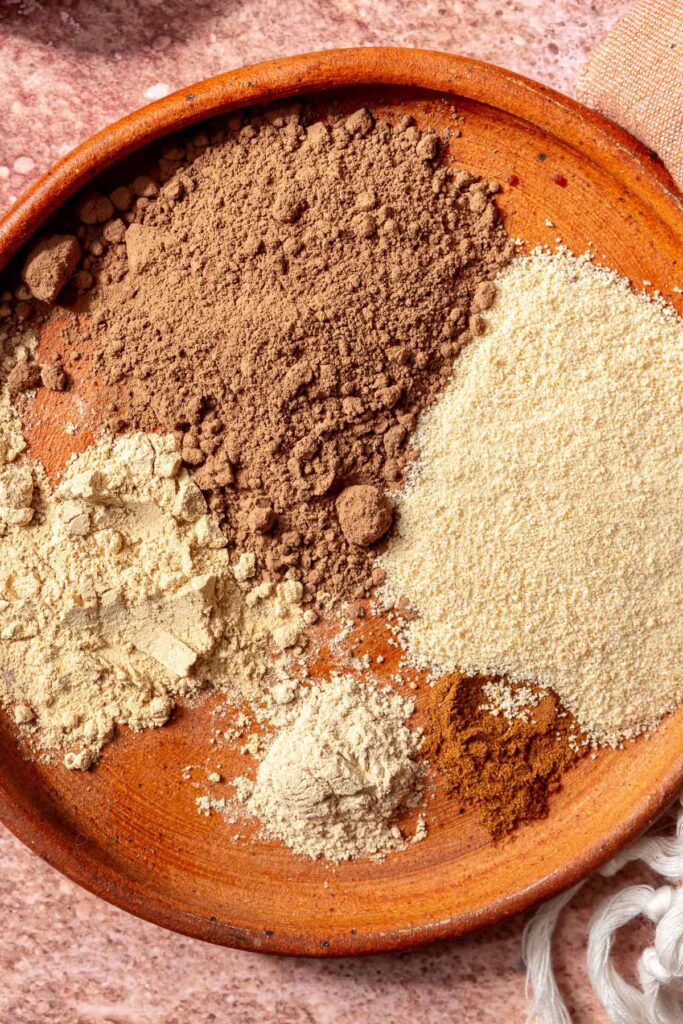
If you’ve ever found yourself staring down a wall of protein powders, unsure whether to grab pea protein or whey, you’re not alone. Both are popular options for supporting strength, recovery, and overall nutrition—but they work a little differently.
In this post, I’m breaking down pea protein vs whey protein in a super simple way: what they are, their key differences, and how to choose the one that fits your lifestyle and goals best.
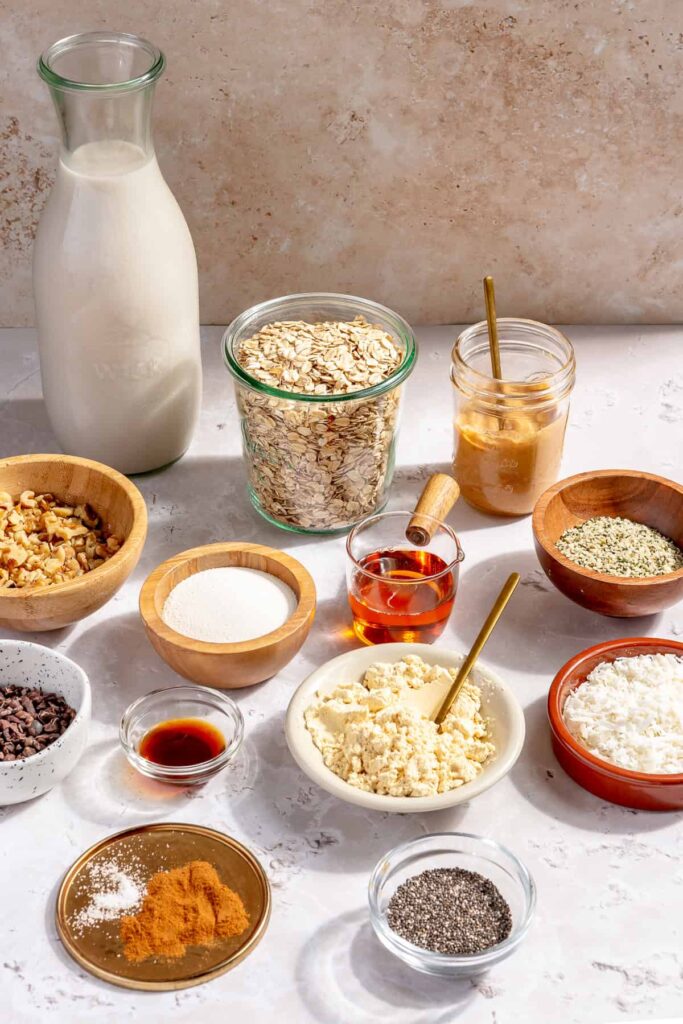
What Is Whey Protein?
Whey protein is a complete animal-based protein that comes from milk. It’s the liquid byproduct left over during the cheesemaking process—yes, that cloudy stuff! After being processed and dried into powder, it becomes one of the most well-researched and effective supplements for building muscle, aiding recovery, and supporting overall protein intake.
Whey is rich in essential amino acids, including branched-chain amino acids (BCAAs) like leucine, which are important for muscle repair and growth (Source: PubMed). It’s fast-digesting, easy to blend into smoothies or shakes, and widely used by athletes and fitness lovers.
There are a few different types of whey:
- Whey concentrate (less processed, contains some carbs and fats)
- Whey isolate (more filtered, lower in carbs, fats, and lactose)
- Whey hydrolysate (pre-digested for quicker absorption)
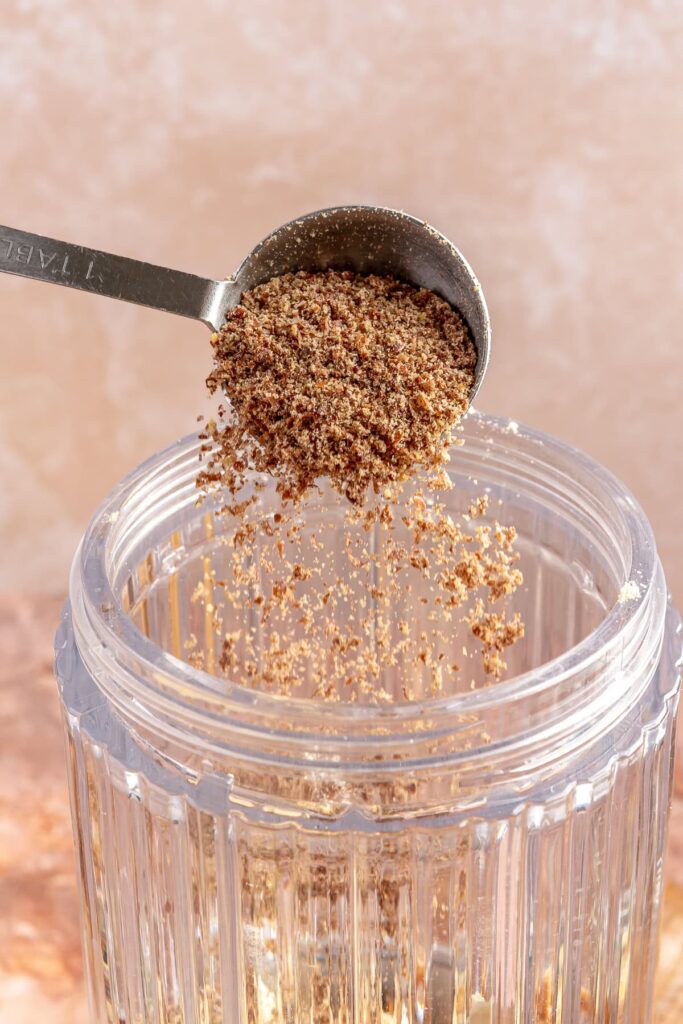
What Is Pea Protein?
Pea protein is a plant-based protein powder made from yellow split peas. It’s naturally dairy-free, gluten-free, and free from common allergens, which makes it a great option if you’re vegan, plant-based, or sensitive to ingredients like soy or lactose.
While often described as not a complete protein, pea protein does contain all nine essential amino acids (EAAs)—these are the amino acids your body can’t produce on its own and must get from food. They include: leucine, isoleucine, valine, lysine, methionine, histidine, phenylalanine, threonine, and tryptophan.
However, pea protein is a little low in methionine and cysteine, which is why it’s technically not considered a “complete” protein on its own. This doesn’t make it inferior—just something to be aware of. You can easily pair it with other protein sources (like brown rice, quinoa, or even animal-based protein) to fill in the gaps and round out the amino acid profile. (Source: PubMed)
Pea protein tends to be a bit thicker in texture, has a mild, earthy taste, and is typically less sweet in flavor compared to whey. But it works well in smoothies, baked goods, and even mixed into oatmeal or pancakes.
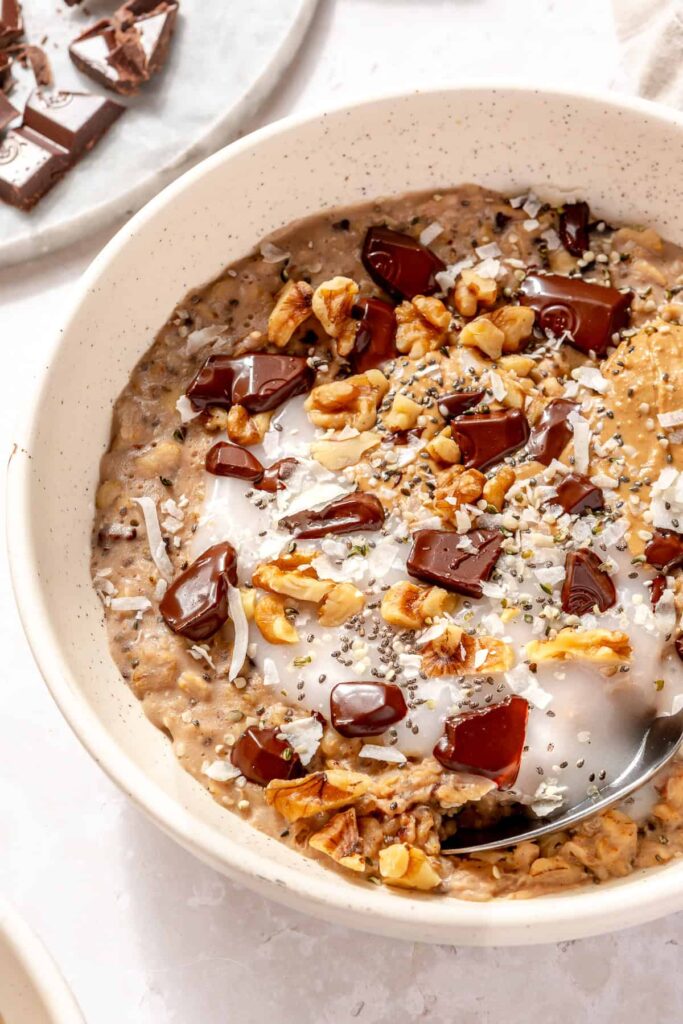
Pea Protein vs. Whey: Key Differences
For quick and easy reference, here’s a simple breakdown of how pea vs whey protein compares:
| Feature | Whey Protein | Pea Protein |
| Source | Dairy (milk) | Plant-based (yellow peas) |
| Complete Protein | Yes | Almost (low in methionine + cysteine) |
| Digestibility* | Fast | Moderate |
| Allergens | Contains dairy/lactose | Allergen-friendly |
| Texture/Flavor | Creamy, smooth | Earthy, slightly grainy |
| Absorption Speed* | Fast (esp. isolate/hydrolysate) | Slower |
| Best For | Muscle building, recovery | Plant-based diets, food sensitivities |
How to Choose the Right One for You
So, which one should you go with: pea protein or whey protein? It really depends on your goals, dietary needs, and personal preferences. Also for me, as a registered dietitian, protein quality is always top of mind—no matter the type (I have a whole blog post on how to identify high-quality protein powder; click HERE if you’re curious).
- Choose whey protein if:
- You want a fast-digesting option for post-workout recovery
- Muscle growth and strength is the focus
- You tolerate dairy and prefer a smooth, creamy texture
- Choose pea protein if:
- You follow a plant-based or vegan diet
- You have sensitivities to dairy, gluten, or soy
- You’re looking for a more natural, allergen-friendly protein source
Pro tip: You can also mix and match depending on your routine. Try pea protein in your morning smoothie for a plant-based option, and whey protein after workouts to support recovery. Or, rotate based on your training schedule, digestion, or what else you’re eating that day.
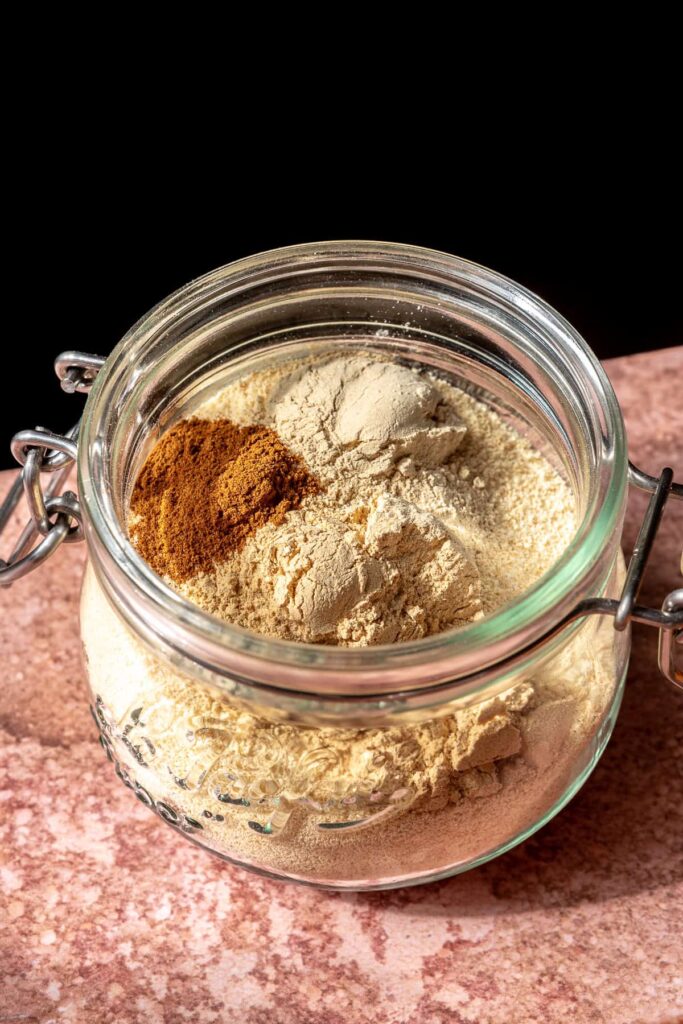
The Bottom Line
There’s no one-size-fits-all answer when it comes to plant-based protein vs whey protein. Both can be great tools to help you meet your daily protein needs—it really comes down to what works best for your body, preferences, and lifestyle.
If you’re new to protein powders or want to test different options, start with a single-ingredient formula that’s free from unnecessary sweeteners or fillers. Pay attention to how your body responds and adjust as needed.
And if you’re looking for specific product recommendations, check out My 6 Favorite Protein Powders HERE.
Sources:
- Investigating the Health Implications of Whey Protein Consumption: A Narrative Review of Risks, Adverse Effects, and Associated Health Issues (PubMed (National Library of Medicine))
- Plant Proteins: Assessing Their Nutritional Quality and Effects on Health and Physical Function (PubMed (National Library of Medicine))
- Pea Protein vs Whey: Which is Better? (SportsMD)
Find my go-to supplements in the Supplements folder of my Amazon Storefront,
and more of my Nutrition Tips HERE on the blog.
More Nutrition Blogs to Explore:
- How to Identify High-Quality Protein Powder (+ My 6 Favorites HERE)
- Colostrum Benefits: What It Is & Why It Matters
- Creatine for Women: Benefits, Myths & How To Start
- The Truth About High-Protein Diets: Why They Work and How to Start Today
- My Food Philosophy: A Registered Dietitian’s Approach to Healthy Eating & Detoxing
